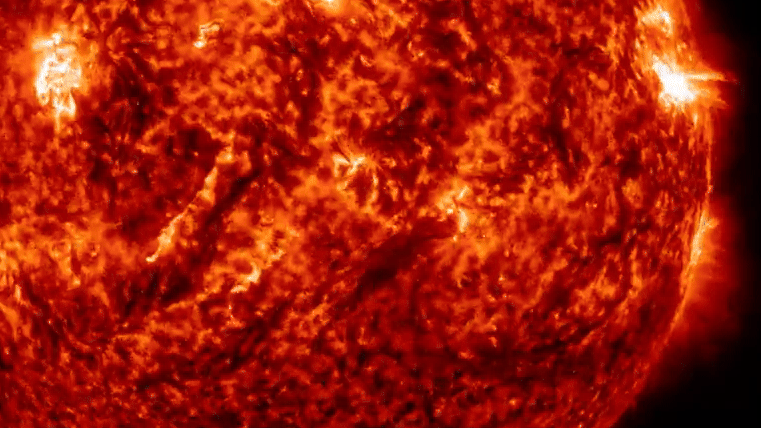
When you wish upon a star, is it already dead? An astronomer crunches the numbers
The stars we can see in the night sky are a lot closer and live a lot longer than you would think.
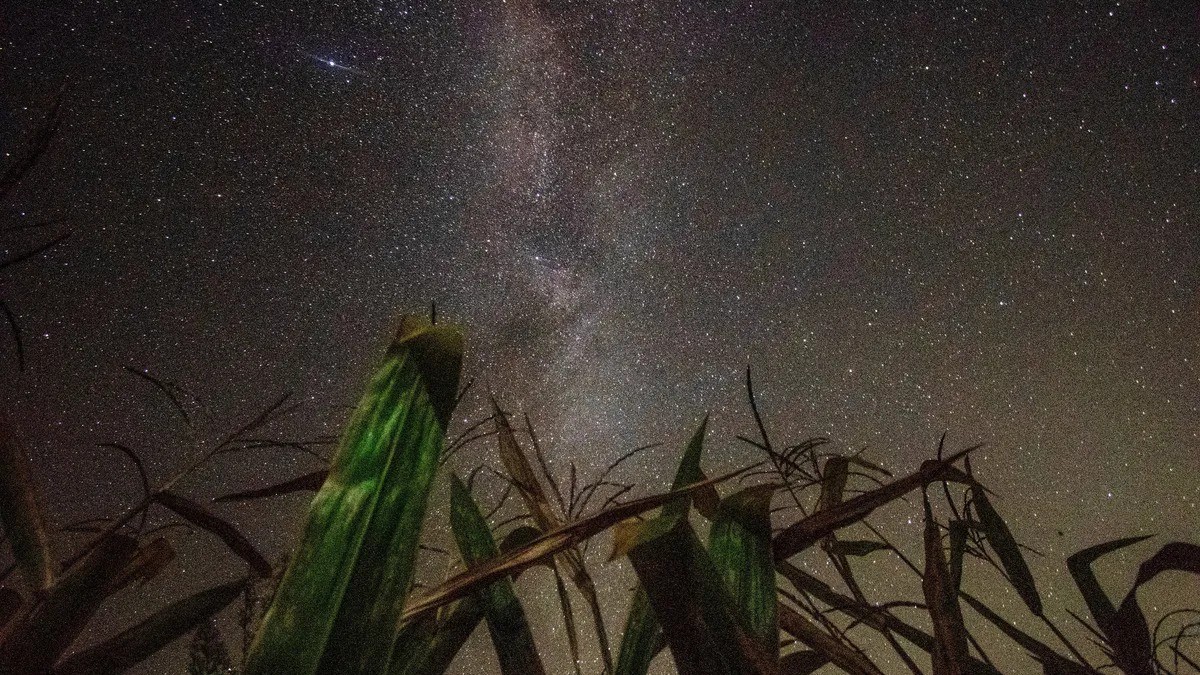
This article was originally published at The Conversation. The publication contributed the article to Space.com's Expert Voices: Op-Ed & Insights.
According to astronomy, when you wish upon a star you’re a million years too late. The star is dead, just like your dreams.
@robbnwa
When you wish upon a star, Jiminy Cricket told us, your dreams come true. But according to an idea doing the rounds on social media, that may not be the case:
@robbnwa ♬ original sound - mother of heathens
Is that really true? Did Jiminy Cricket lie to us?
As an astronomer, I’m happy to say that the stars we can see in the night sky are a lot closer and live a lot longer than you would think. It’s pretty unlikely you’ve accidentally wished upon a star that’s already dead.
Stars are closer than you think
When someone hits you with the depressing factoid that the stars we wish on are already dead, they usually start by saying something about how the stars are “millions of light years away”. This means the light from the star has been travelling for millions of years to reach your eyes, so by now the star is millions of years older and – supposedly – most likely dead.
But the stars you’re wishing on probably aren’t that far away. All the stars we can see with our eyes are inside our galaxy, the Milky Way. The Milky Way is approximately 100,000 light years across, and our Solar System is about 26,000 light years from the centre of the galaxy.
So if we could see the stars at the very far edge of the galaxy, they’d still only be about 74,000 light years away. That’s nowhere near a million light years away, let alone “millions of light years.”
Get the Space.com Newsletter
Breaking space news, the latest updates on rocket launches, skywatching events and more!
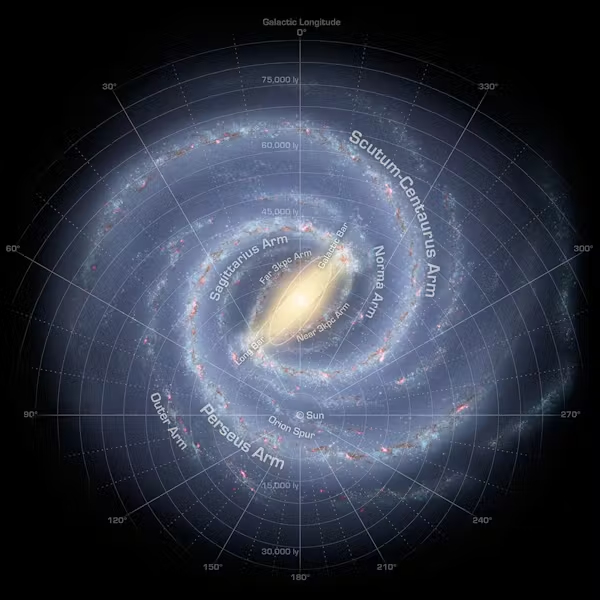
Visible stars are even closer
In practice, the stars we can see aren’t even that far away. On a dark night, with no moon and with good vision (which rules me out), the faintest star we can see with our eyes has a brightness of around 6.5 magnitudes.
Brighter stars have lower magnitudes, and dimmer stars have higher ones. The brightest star in the Southern Cross has a magnitude of 0.8 while the faintest star in the Southern Cross has a magnitude of 3.6.
The visible brightness limit of 6.5 magnitudes means we can only see stars out to around 10,000 light years from Earth. So if you happen to wish on one of the more distant stars, the light has travelled 10,000 years to hit your eye.
And if we assume wishes travel at the speed of light, it’ll take another 10,000 years to reach the star. So even the most distant visible star is only 20,000 years older by the time your wish reaches it.
So the question is: do stars live longer than 20,000 years?
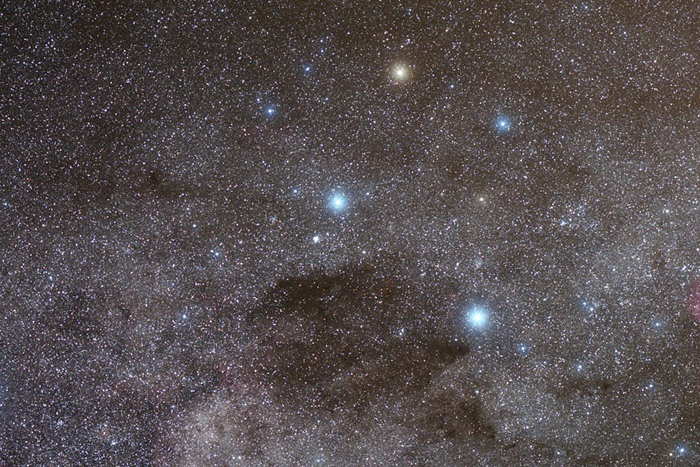
Stars live longer than you think
The Yale Bright Star Catalogue contains 9,096 stars that are brighter than magnitude 7, roughly the limit of what our eyes can see. Many (40%) of the stars in the catalogue are so-called giant stars, which come in three varieties: normal giants, bright giants and super giants.
The more massive the star, the shorter its life. So these giant stars are here for a good time, not a long time.
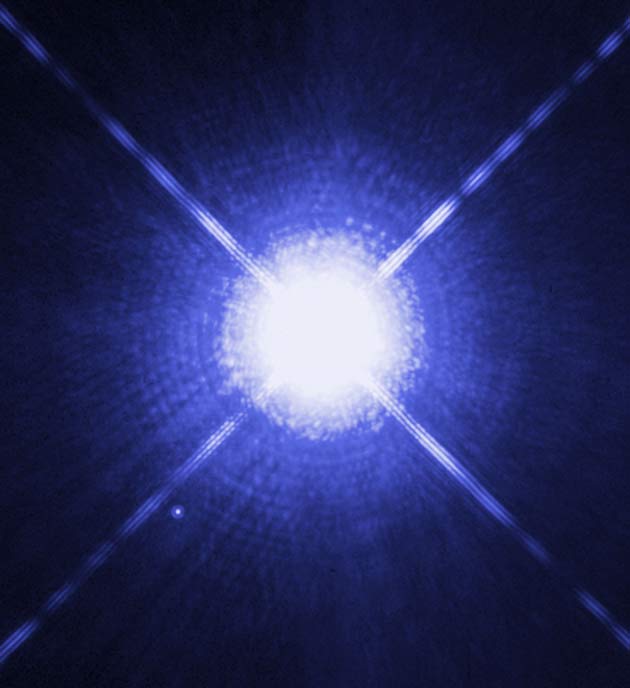
But in astronomy a “good time” is still at least a few hundred thousand years. Much longer than your wish needs to arrive at a star closer than 10,000 light years.
The rest of the visible stars are what are called main sequence (or mid-life) stars and sub-giant stars. These stick around a lot longer, up to a few billion years. So when it comes to wishes, age is just a (really big) number.
The best stars to wish upon
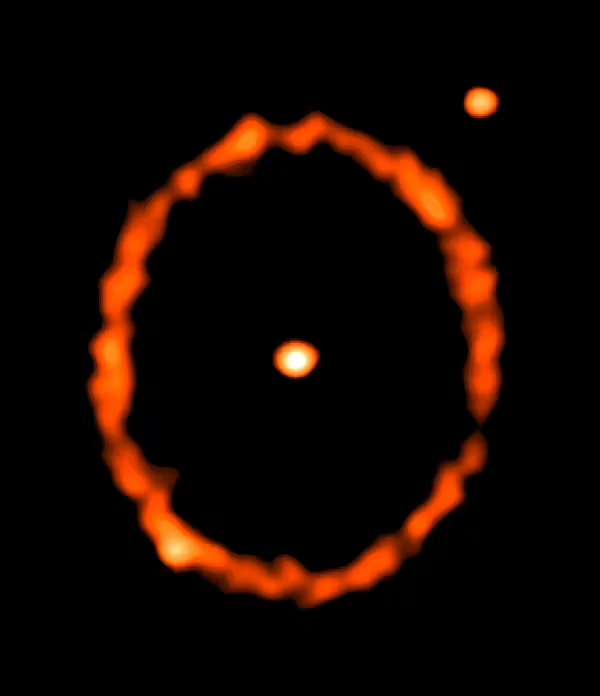
If you’re still feeling a bit nervous about wishing upon a dead star, there are a few safe bets.
Alpha Centauri is the closest star to Earth and the fourth brightest star in the sky. Even better, it’s actually three stars and they’re only about four light years away. They’ll definitely last longer than the eight years needed for their light to reach you and your wish to reach them.
The brightest star in the sky, Sirius, is a main sequence star only 8.6 light years away. Epsilon Eridani is approximately ten light years away. It’s similar to our Sun and a little under a billion years old. Since Sirius and Epsilon Eridani are in their mid-life, they still have millions, maybe even billions, of years left to burn.
The safest star to send your wishes to? The sun! The Sun is only eight light minutes away and it’ll be a main-sequence star for around 5 billion years yet.
So when you wish upon a star, that star is less than 10,000 light years away and will probably live for at least hundreds of thousands of years, and maybe millions or even billions of years (just like your dreams).
Join our Space Forums to keep talking space on the latest missions, night sky and more! And if you have a news tip, correction or comment, let us know at: community@space.com.

I'm a radio astronomer who works with the biggest telescopes in Australia to search for radio light from stars and things that change in the radio sky.
I completed my BSc (Majoring in Astronomy & Astrophysics and Applied Maths and minoring in Physics) at Monash University in 2014, my MSc in Astronomy and Astrophysics at the University of Amsterdam in the Netherlands, and my PhD in radio astronomy at the University of Manchester in the UK. My master's thesis was titled "LOFAR imaging of the Galactic Plane: pulsar wind nebula G541.+0.3 and its environment" and was awarded the 2017 prize for the best astronomy master's thesis in the Netherlands. My PhD thesis was titled "Radio transients with MeerKAT". I was a postdoctoral research fellow at the CSIRO from September 2021 to January 2023, when I started as a postdoctoral researcher at the University of Sydney.
My dog Astro is a whippet who’s a bit closer to a greyhound than a whippet in size. If you’d like to use him as a unit of measure, he’s 94cm long and weighs 18kg.
-
Helio This article got me wondering about what we do see. So, thanks to VBA and the great data from here (AstroSCI), I found these results....Reply
Notice that the the average magnitude off all the stars is ~ 5.6, with the exception of the brighter O stars at 4.5 app. mag. The O stars, however, have an app. mag. of 5.0 when I bump the max. distance to 5k pc from the others at 1k pc.
